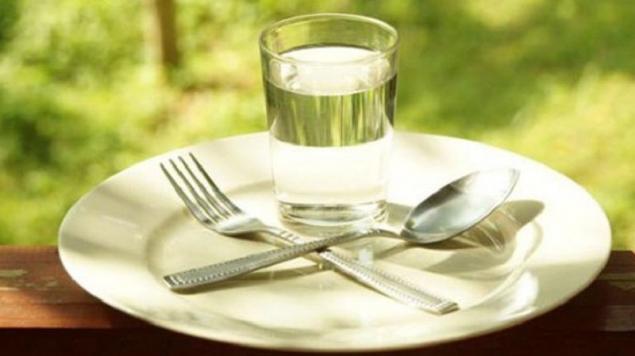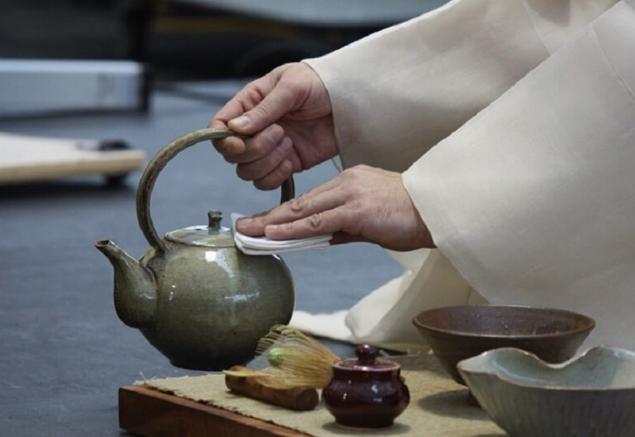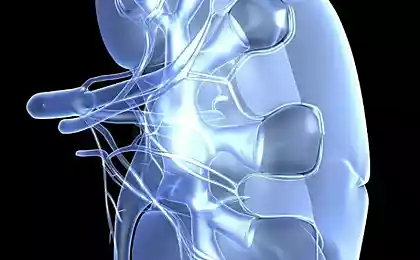198
Medical fasting! There are 3 factors that affect our well-being, health and appearance, which means...
A variety of fasting techniques have been known for a very long time, and doctors have also long argued about their health benefits. But recently interest in starvation has increased thanks to the statement of American scientists. Research from the Buck Institute for Aging in San Francisco has irrevocably proven a link between fasting and slowing down the aging process.

DepositPhotos
Therefore, the editorial board "Site" will tell you Benefits of Periodic Fasting And how to do it properly so as not to harm your health.
First, it is worth finding out what is useful for fasting. First of all, starvation is that it helps to cleanse the body of toxins and toxins. Also, fasting improves brain function, helps to lose weight and, as we said, slows down the aging of the body. This is considered one of the most powerful ways to fight old age!

DepositPhotos
The main rule of any experiments with your body - do not overdo it! This is especially true of starvation. In order to achieve a good effect, it is not necessary to arrange yourself many days, exhausting and heavy hunger strikes. Benefits of starvation It manifests itself when the process of ketosis starts in the body. This is a condition in which the body begins to convert fats stored in the body into energy.

The body enters this state about 14-16 hours after refusing food. That is why you need to starve not by day, but by hour. What is important, fasting should not disrupt the usual rhythm of life. It should be comfortable for you and your body. For this purpose, special fasting techniques were developed, most of which occurs in a dream. These hunger strikes are less difficult for a person, and the effect of them is no worse.

We offer you three options for fasting, which will not disrupt your usual rhythm of life and will be quite comfortable at home. Which one to choose is up to you.
Fasting techniques
It is important to understand that fasting is not suitable for everyone and it is not a panacea that can cure all diseases. There are many contraindications in which starvation is categorically impossible. If you have diseases such as body weight deficiency, malignant tumors, systemic blood diseases, diabetes and any types of heart failure - a hunger strike is prohibited. In severe diseases, it is best to consult a specialist and choose an effective treatment.
If you have any health problems, but you still decided to try fasting - contact your doctor for advice. If you are not ready or feel that for some reason you do not want or cannot starve, then you should not do this. You're only going to hurt your body.
Everything must be approached with caution and in no case be zealous. If everything is done correctly, fasting will bring great benefits to the body and give you health and longevity.
How do you feel about starvation? Share with us in the comments!

DepositPhotos
Therefore, the editorial board "Site" will tell you Benefits of Periodic Fasting And how to do it properly so as not to harm your health.
First, it is worth finding out what is useful for fasting. First of all, starvation is that it helps to cleanse the body of toxins and toxins. Also, fasting improves brain function, helps to lose weight and, as we said, slows down the aging of the body. This is considered one of the most powerful ways to fight old age!

DepositPhotos
The main rule of any experiments with your body - do not overdo it! This is especially true of starvation. In order to achieve a good effect, it is not necessary to arrange yourself many days, exhausting and heavy hunger strikes. Benefits of starvation It manifests itself when the process of ketosis starts in the body. This is a condition in which the body begins to convert fats stored in the body into energy.

The body enters this state about 14-16 hours after refusing food. That is why you need to starve not by day, but by hour. What is important, fasting should not disrupt the usual rhythm of life. It should be comfortable for you and your body. For this purpose, special fasting techniques were developed, most of which occurs in a dream. These hunger strikes are less difficult for a person, and the effect of them is no worse.

We offer you three options for fasting, which will not disrupt your usual rhythm of life and will be quite comfortable at home. Which one to choose is up to you.
Fasting techniques
- A monk's post
This technique is very well suited for those who are fasting for the first time, because the regime is designed so that sleep time is used for the hunger strike. The duration of the hunger strike is 36 hours – one day and two nights. On the first day you need to have dinner as usual, the second day - fasting, the third day - a light breakfast, and then ordinary food. All this time you need to drink a lot of water and other liquids with zero calories to avoid dehydration. You can even have tea and coffee without adding sugar.
If this is your first fast, then it is better to choose a day when you do not have to do hard work. This day will be difficult, so do not choose the day on which something important is planned. That's just to sit idle, too, you need something to do to distract the brain from thinking about food.
On the morning of the third day, the hunger strike was over. Drink some water first. Breakfast should be light, because your stomach has shrunk and you should not immediately load it.
DepositPhotos - Regime 16/8
This is another technique for those who are unable or unwilling to endure a long hunger strike. Everything is quite simple, you need to abandon breakfast on the first day and postpone the meal for 6-8 hours after waking up. The duration of the hunger strike includes the time without food before bedtime, the time of sleep and those 6-8 hours before the first meal. In general, you need to give up food for 14 hours (for women) or 16 (for men), and the rest of the time you can eat as usual.
- Himalayan post
In this version of fasting, you need to abstain from food for 60 hours. This technique is similar to "Fasting a Monk", only it is twice as long. It is suitable for those who have been on hunger strikes before. The scheme is as follows: on the first day you have dinner as usual, the second and third day – a hunger strike, and on the fourth – a light breakfast and you can return to the usual mode. This is one of the most popular techniques, it is often used in the 5/2 mode, that is, five days of regular meals and two days of fasting.
If fasting for two days is difficult, you can eat a little, but consume no more than 500 calories a day. This can be, for example, 350 grams of low-fat boiled meat and 800 grams of vegetables. If you practice hunger strikes regularly, it is best to gradually reduce the number of calories to a minimum.
DepositPhotos
It is important to understand that fasting is not suitable for everyone and it is not a panacea that can cure all diseases. There are many contraindications in which starvation is categorically impossible. If you have diseases such as body weight deficiency, malignant tumors, systemic blood diseases, diabetes and any types of heart failure - a hunger strike is prohibited. In severe diseases, it is best to consult a specialist and choose an effective treatment.
If you have any health problems, but you still decided to try fasting - contact your doctor for advice. If you are not ready or feel that for some reason you do not want or cannot starve, then you should not do this. You're only going to hurt your body.
Everything must be approached with caution and in no case be zealous. If everything is done correctly, fasting will bring great benefits to the body and give you health and longevity.
How do you feel about starvation? Share with us in the comments!
What Vera Brezhnev eats: the secrets of a gorgeous figure! There is a lot to learn from the singer...
Nutritionist explained: "Drinking milk by adults leads to death from ..."



























